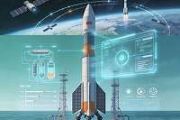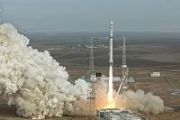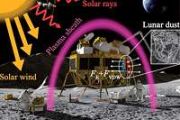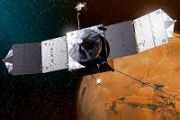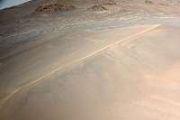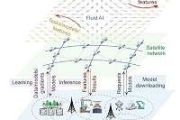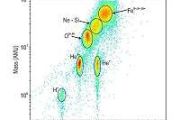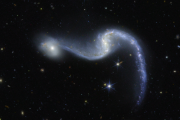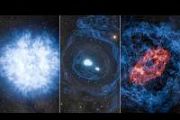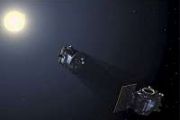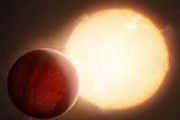
Copernical Team
ESA gives a Boost! to D-Orbit industrial ramp-up plans
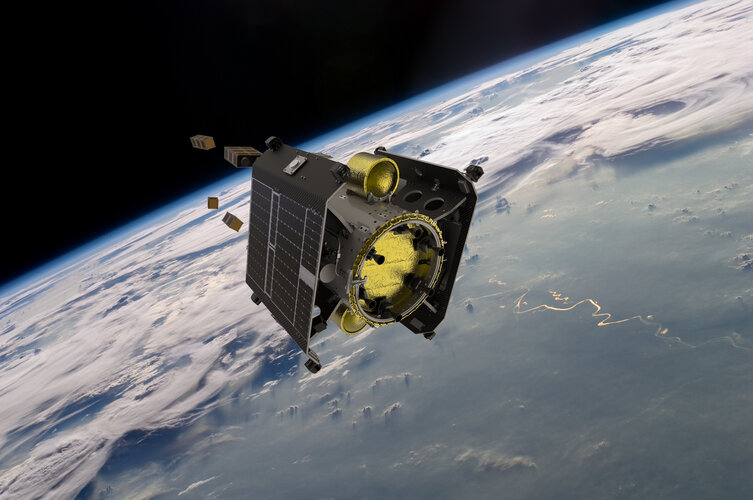
Italy-based on-orbit transportation services provider D-Orbit is set to ramp-up industrialisation of its “last-mile” satellite delivery service with help from ESA’s Boost! programme.
Methane emissions detected over offshore platform in the Gulf of Mexico
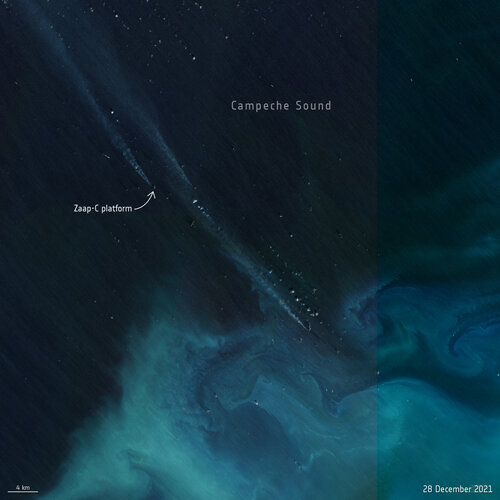
A team of scientists have used satellite data to detect methane plumes from an offshore platform in the Gulf of Mexico. This is the first time that individual methane plumes from offshore platforms are mapped from space.
Watch live: FT Investing in Space sessions with Samantha Cristoforetti and Josef Aschbacher
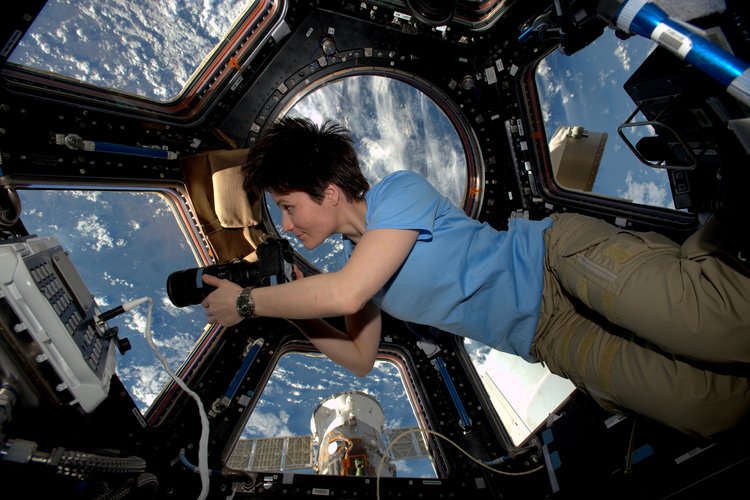
France Signs Artemis Accords as French Space Agency Marks Milestone
 France is the latest country to sign the Artemis Accords, affirming its commitment to sustainable space exploration that follows a common set of principles promoting beneficial use of space for all of humanity.
Philippe Baptiste, president of the Centre National d'Etudes Spatiales (CNES) - the French space agency - signed the document during an event hosted by the Ambassador of France to t
France is the latest country to sign the Artemis Accords, affirming its commitment to sustainable space exploration that follows a common set of principles promoting beneficial use of space for all of humanity.
Philippe Baptiste, president of the Centre National d'Etudes Spatiales (CNES) - the French space agency - signed the document during an event hosted by the Ambassador of France to t NASA Supplier Completes Manufacturing Artemis III SLS Booster Motors
 The 10 Space Launch System (SLS) rocket motor segments that will help launch the Artemis III crew on their mission to land on the Moon are complete. Teams finished manufacturing the segments for the mission on May 18, 2022.
Each of the twin solid rocket boosters is made up of five motor segments that will be stacked with the rest of the booster parts before flight. The twin boosters supply
The 10 Space Launch System (SLS) rocket motor segments that will help launch the Artemis III crew on their mission to land on the Moon are complete. Teams finished manufacturing the segments for the mission on May 18, 2022.
Each of the twin solid rocket boosters is made up of five motor segments that will be stacked with the rest of the booster parts before flight. The twin boosters supply SpaceX launches Nilesat 301 satellite, recovers Falcon 9 first stage
 SpaceX on Wednesday launched a communications satellite and recovered its Falcon 9 rocket at sea.
Falcon 9 lifted off from Cape Canaveral Space Force Station in Florida, carrying a Nilesat 301 satellite at 5:04 p.m. on Wednesday.
The rocket's first stage booster returned to earth about 8 minutes and 45 seconds after launch and touched down on SpaceX's Just Read the Instructions d
SpaceX on Wednesday launched a communications satellite and recovered its Falcon 9 rocket at sea.
Falcon 9 lifted off from Cape Canaveral Space Force Station in Florida, carrying a Nilesat 301 satellite at 5:04 p.m. on Wednesday.
The rocket's first stage booster returned to earth about 8 minutes and 45 seconds after launch and touched down on SpaceX's Just Read the Instructions d NASA's Lucy Mission Continues Solar Array Deployment Process
 NASA's Lucy mission team is in the midst of a multi-stage effort to further deploy the spacecraft's unlatched solar array. On May 9, the team commanded the spacecraft to operate the array's deployment motor using both the primary and back-up motor windings simultaneously to generate more torque, i.e. a harder pull.
The motor operated as expected, further reeling in the lanyard that pulls t
NASA's Lucy mission team is in the midst of a multi-stage effort to further deploy the spacecraft's unlatched solar array. On May 9, the team commanded the spacecraft to operate the array's deployment motor using both the primary and back-up motor windings simultaneously to generate more torque, i.e. a harder pull.
The motor operated as expected, further reeling in the lanyard that pulls t Webb: Engineered to Endure Micrometeoroid Impacts
 Micrometeoroid strikes are an unavoidable aspect of operating any spacecraft, which routinely sustain many impacts over the course of long and productive science missions in space. Between May 23 and 25, NASA's James Webb Space Telescope sustained an impact to one of its primary mirror segments. After initial assessments, the team found the telescope is still performing at a level that exceeds a
Micrometeoroid strikes are an unavoidable aspect of operating any spacecraft, which routinely sustain many impacts over the course of long and productive science missions in space. Between May 23 and 25, NASA's James Webb Space Telescope sustained an impact to one of its primary mirror segments. After initial assessments, the team found the telescope is still performing at a level that exceeds a NASA Marshall Team Delivers Tiny, Powerful 'Lunar Flashlight' Propulsion System
 Engineers at NASA's Marshall Space Flight Center in Huntsville, Alabama, have built some of the largest rocket engines ever to light up the icy reaches of space. Now Marshall and its commercial partners have delivered one of the smallest propulsion systems in its history, designed to help propel an upcoming NASA mission to shed new light on the Moon's South Pole - in search of a much more useful
Engineers at NASA's Marshall Space Flight Center in Huntsville, Alabama, have built some of the largest rocket engines ever to light up the icy reaches of space. Now Marshall and its commercial partners have delivered one of the smallest propulsion systems in its history, designed to help propel an upcoming NASA mission to shed new light on the Moon's South Pole - in search of a much more useful Iris system to digitalise airspace goes global
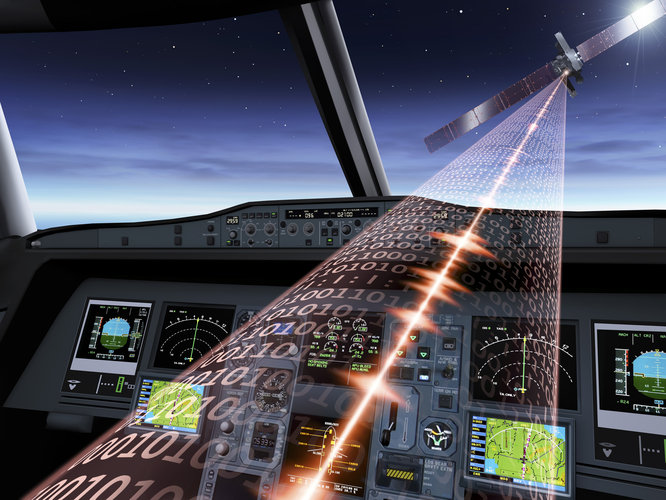
A space-enabled system to help clear congested skies while reducing carbon emissions is going global, following a deal signed today between satellite communications provider Inmarsat and ESA.

